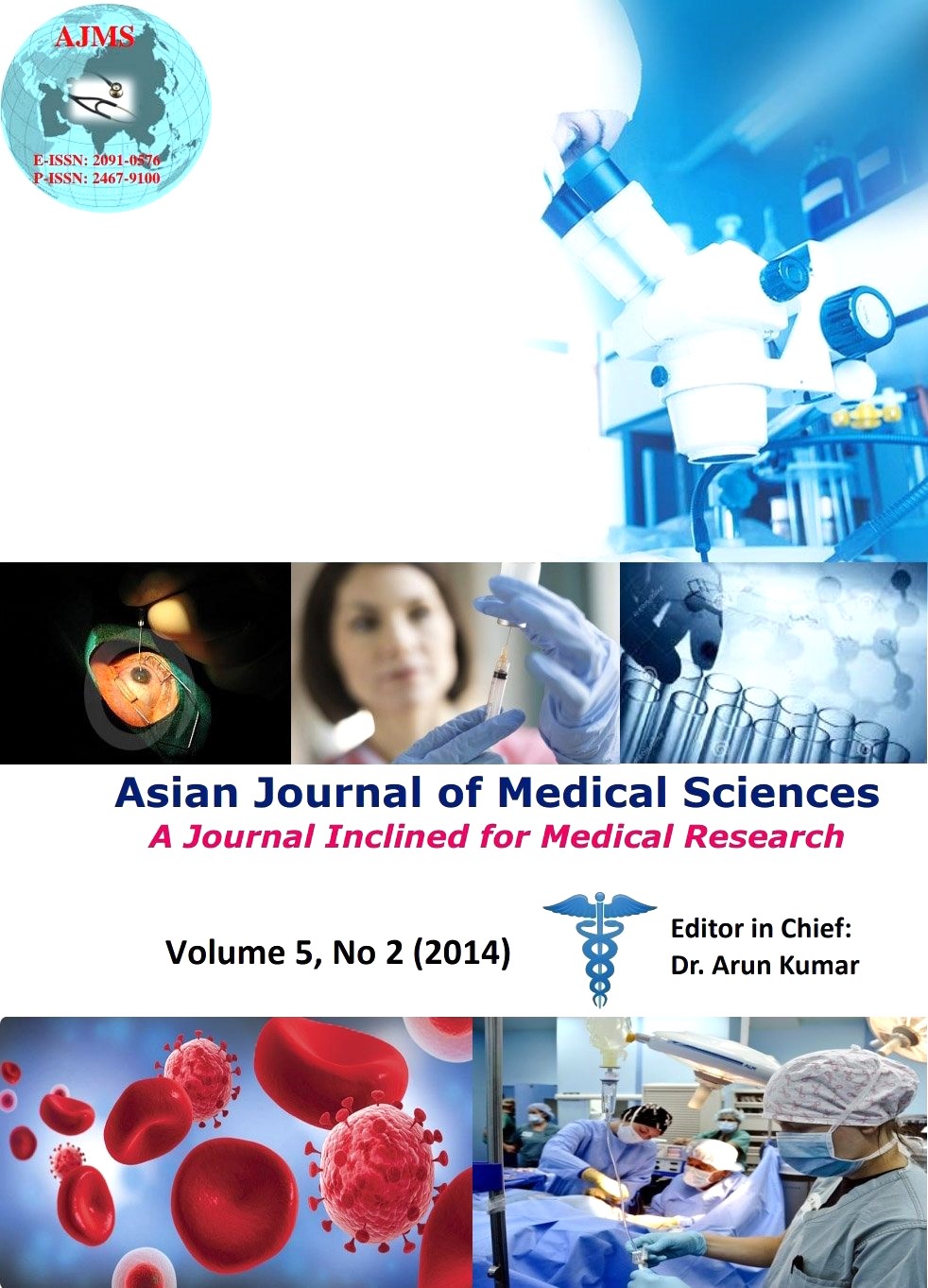Computerized Tomography Findings in Patients Presenting with Head Injury in Calabar, Nigeria
Keywords:
Computerized Tomography, head trauma, CalabarAbstract
Objective: The objective of this study was to define the injury types found intracranially when head trauma occurs and possibly predict the type of injury seen with the different mechanisms of injury.
Methods: We prospectively studied ninety-one patients presenting at the University of Calabar Teaching Hospital (UCTH) over twenty-four months (February 2011 to February 2013) with head injury. Their socio-demographics and clinical data as well as the CT findings were collected. Statistical analysis was done using stata 10, stat corp, Texas USA, 2007. Frequency tables, bar chats, histograms and chi-square were used to analyse the data.
Results: Ninety-one patients with head injury were seen. The age group of 20-29 and 40-49years were the commonest, median being twenty-nine years, interquartile range, 22-42years. Sixty four (70.3%) males, twenty seven (29.7%) females. The commonest mechanism of injury was RTA. Diffuse cerebral oedema, cerebral haemorrhage were the commonest brain events. No normal scan was seen. Skull fractures, especially comminuted ones were the commonest. CT findings in each case could not be predicted from the mechanism of injury.
Conclusion: This study reveals that a typical head injured patient in our locality is a male aged 20 – 29 years, involved in an RTA. Since it is impossible to predict the CT scan findings using the mechanism of injury, CT scans should be made available in all hospitals so as to appropriately manage these types of patients.
DOI: http://dx.doi.org/10.3126/ajms.v5i2.8754
Asian Journal of Medical Science, Volume-5(2) 2014: 73-79
Downloads
Downloads
Published
How to Cite
Issue
Section
License
Authors who publish with this journal agree to the following terms:
- The journal holds copyright and publishes the work under a Creative Commons CC-BY-NC license that permits use, distribution and reprduction in any medium, provided the original work is properly cited and is not used for commercial purposes. The journal should be recognised as the original publisher of this work.
- Authors are able to enter into separate, additional contractual arrangements for the non-exclusive distribution of the journal's published version of the work (e.g., post it to an institutional repository or publish it in a book), with an acknowledgement of its initial publication in this journal.
- Authors are permitted and encouraged to post their work online (e.g., in institutional repositories or on their website) prior to and during the submission process, as it can lead to productive exchanges, as well as earlier and greater citation of published work (See The Effect of Open Access).




